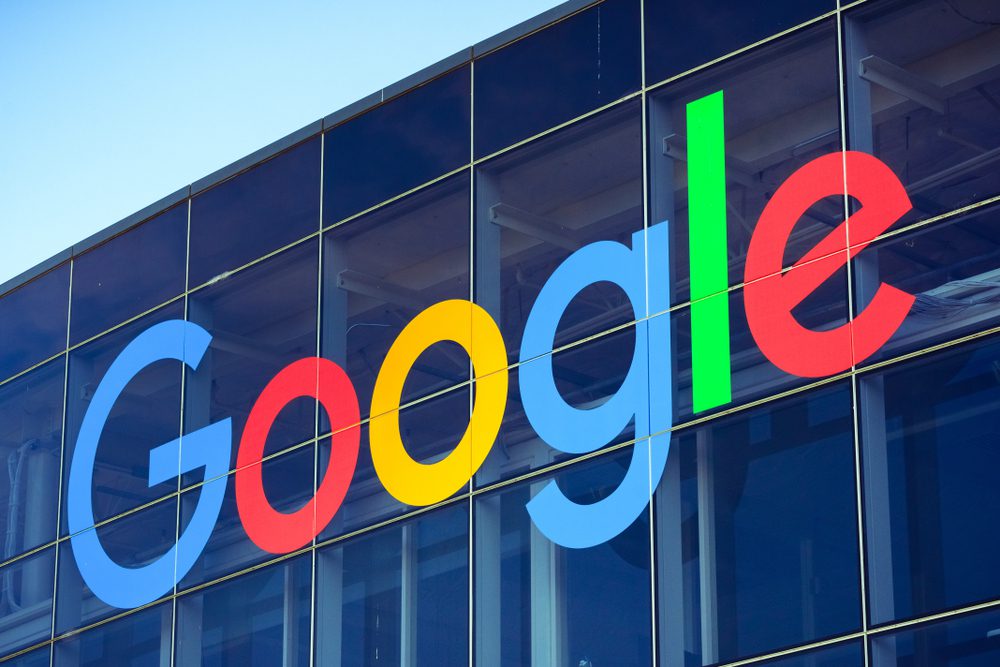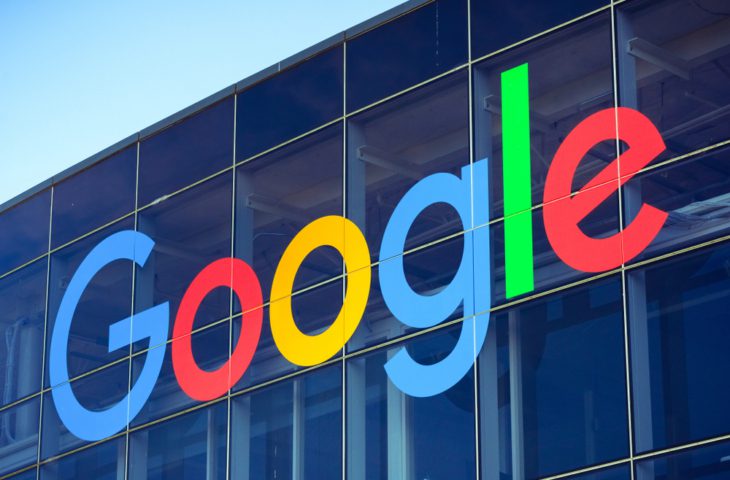Google is bringing generative AI to Workspace, but not really (yet).
- March 15, 2023
- 0
Google wants to be one step ahead of Microsoft and therefore announces that new AI functions in Workspace are not yet allowed to be used. Some are allowed
Google wants to be one step ahead of Microsoft and therefore announces that new AI functions in Workspace are not yet allowed to be used. Some are allowed


Google wants to be one step ahead of Microsoft and therefore announces that new AI functions in Workspace are not yet allowed to be used. Some are allowed to, and gain access to interesting AI-driven features.
Google shows several demos of what AI can do in Google Workspace. Capacities are impressive but unavailable to the general public. After the botched announcement by ChatGPT competitor Bard at the beginning of February, Google does not want to fall behind Microsoft in the AI race. The somewhat premature announcement of Workspace’s AI capabilities is part interesting declaration of intent and part attempt to establish a more positive narrative.
After all, Microsoft is behind the high-profile ChatGPT through its multi-billion dollar investments in OpenAI. In addition, Redmond has already rolled out a version of a Bing chatbot (also with very limited access). At the same time, Google used its equivalent generative AI model mainly to send its stock plummeting.
One would almost forget, for example, that Google is actually an AI pioneer. In addition, Microsoft has a future of Work Event is planning at the end of the week, where it will be about AI and Office. Google doesn’t want to be hunted down again. So it’s time to announce a mountain of new features that can only be used by trusted testers but to be rolled out to the general public in the long term.
Broadly speaking, Google wants to integrate its generative AI models into almost every feature of Workspace. AI is designed to help you compose emails in Gmail, summarize documents in Docs, create formulas in spreadsheets, and take notes in Meet. In Slides, AI would even be able to create a complete presentation. “People are supported by an AI collaboration assistant that works with them in real time,” said Thomas Kurian, CEO of Google Cloud.
Google announces the following functionality:
New features will be rolled out regularly over the coming year, but as mentioned, first for a select test audience. We have not yet found out when the functionality will really be available, who can use it and what the price is. Google has already announced that English will be given priority, so don’t hold your breath.
The basis of the functionality is the generative PaLM model. PaLM stands for Pathways Language Model and should theoretically be able to perform more comprehensive tasks than systems like ChatGPT, which are based on GPT-3. Google trained the model on its own infrastructure with 540 billion parameters.
In addition to using the model to support its own functionality in Workspace, Google also provides a PaLM API. This is intended to allow developers to develop their own applications that use the model. This capacity is reserved for the time being certain developersand Google notifies us of a waitlist for access.
Google plans to roll out the features as part of Google One to large companies, SMEs and probably even consumers, but has not revealed any concrete plans. Without a modicum of concrete details like availability, this announcement is a lot less well known than Google could hope.
Even those who don’t have a crystal ball could already suspect that Google wants to integrate AI into its portfolio. The main question is which features will be available and when. Google now announces what kind of functionality it prioritizes, but nothing more. This reluctance is somewhat surprising given that Google has been integrating AI functionality into what was then the G Suite since 2019.
We can’t shake the impression that Google primarily wanted to tell something about generative AI and productivity suites before its competitor Microsoft. The software giant has succeeded in doing this and we are certainly excited to see it implemented at some point in the future. The question now is whether Microsoft will remain vague in its plans or whether it will actually provide specific functions.
Source: IT Daily
As an experienced journalist and author, Mary has been reporting on the latest news and trends for over 5 years. With a passion for uncovering the stories behind the headlines, Mary has earned a reputation as a trusted voice in the world of journalism. Her writing style is insightful, engaging and thought-provoking, as she takes a deep dive into the most pressing issues of our time.